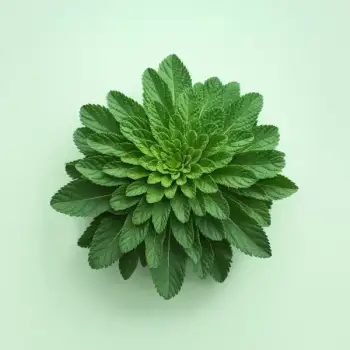


Blends
Products combining stevia with other sweeteners, such as erythritol or sugar, to balance sweetness and reduce aftertaste.
Dried leaves
Dehydrated stevia leaves, often ground into a powder, suitable for sweetening a variety of dishes.
Fresh leaves
Whole, unprocessed stevia leaves, which can be used to sweeten teas or as a garnish.
Liquid extract
A concentrated form of stevia, available in dropper bottles, used for precise sweetening needs.
Powdered extract
A refined, crystalline form of stevia, resembling sugar, used as a direct substitute in recipes.




blends: Truvia
liquid extract: SweetLeaf
powdered extract: Stevia in the Raw




